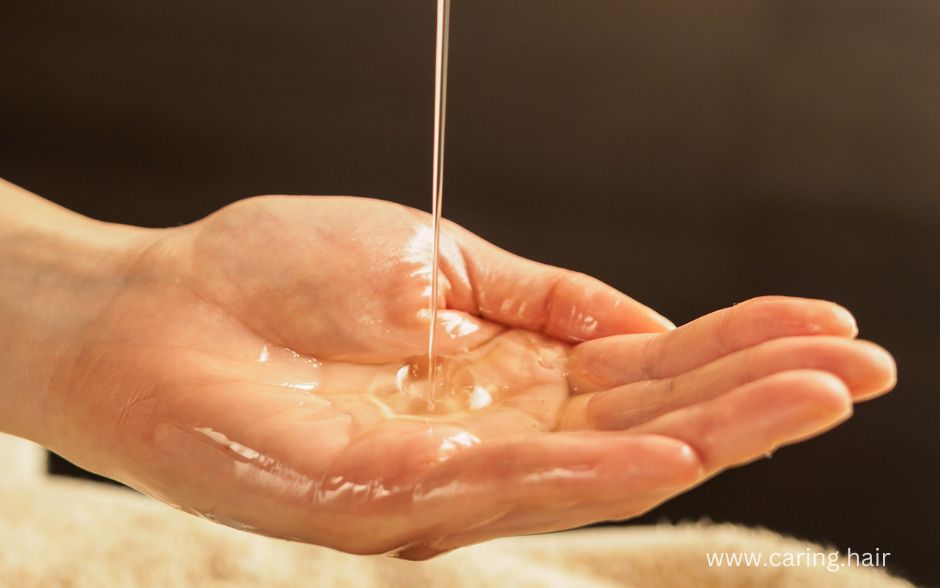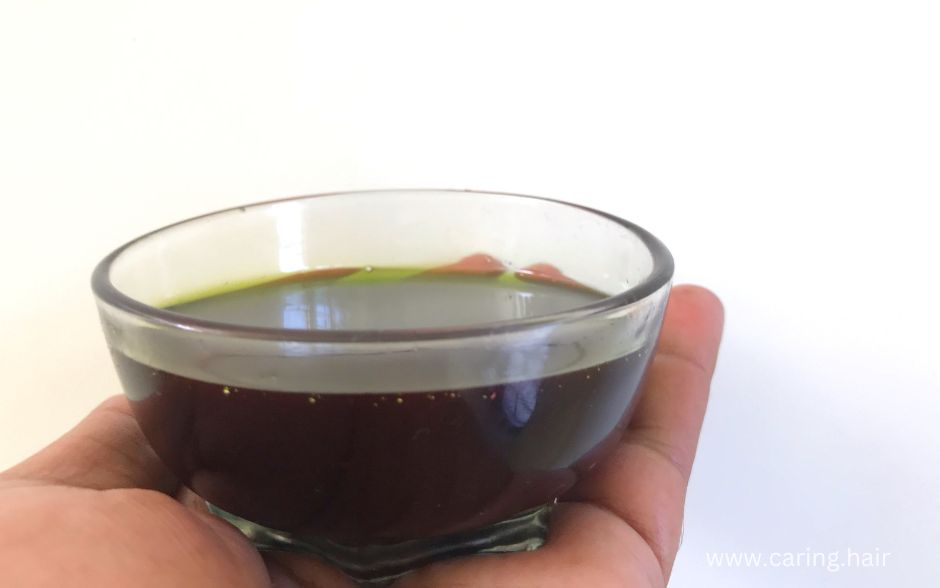As a naturalista, you understand the importance of moisture in your hair. The natural texture of your hair makes it susceptible to dryness, and this could lead to breakage, split ends, and other hair damage. One of the most effective ways to maintain the moisture in your hair is by doing a hot oil treatment. In this article, we will show you how to do a hot oil treatment on natural hair and the benefits that come with it.
What is a Hot Oil Treatment?

A hot oil treatment is a deep conditioning process that involves applying warm oil to the hair and scalp to moisturize and nourish it. The warmth of the oil helps to open up the hair cuticles, allowing the oil to penetrate deeply into the hair shaft, providing moisture and nutrients. This treatment helps to restore the hair’s natural shine, softness, and elasticity, making it easier to manage.
Benefits of a Hot Oil Treatment on Natural Hair
There are numerous benefits to doing a hot oil treatment on natural hair. Some of these benefits include:
- Moisturizes and nourishes hair
- Reduces breakage and split ends
- Stimulates hair growth
- Improves hair texture and shine
- Soothes itchy scalp and dandruff
- Promotes hair elasticity
Choosing the Right Oil for Your Hair
The first step to doing a hot oil treatment is choosing the right oil for your hair. There are different types of oils that you can use, and each has its unique benefits. Some of the best oils for hot oil treatments on natural hair include:
- Coconut oil
- Olive oil
- Jojoba oil
- Avocado oil
- Castor oil
Best Oil Combinations

When it comes to hot oil treatments on natural hair, combining different oils can offer even more benefits for your hair. Here are some of the best oil combinations for hot oil treatments on natural hair:
- Coconut oil and castor oil: This combination is great for hair growth, as castor oil is known to stimulate hair growth and coconut oil provides moisture and nourishment.
- Olive oil and avocado oil: These oils are both rich in vitamins and minerals that nourish the hair, making this combination great for restoring damaged hair.
- Jojoba oil and argan oil: These oils are lightweight and easily absorbed by the hair, making them great for moisturizing and nourishing the hair without leaving a heavy or greasy feeling.
- Grapeseed oil and sweet almond oil: This combination is great for adding shine and luster to the hair, as both oils are rich in vitamins and minerals that promote healthy hair.
- Tea tree oil and peppermint oil: These essential oils are great for soothing an itchy scalp and treating dandruff, making them a great addition to any hot oil treatment.
Hot Oil Treatment for hair types
Hot oil treatments can be beneficial for all hair types, but some oils work better for certain hair types than others. Here are some recommended oils for different hair types:
- Fine or thin hair: Argan oil, jojoba oil, and grapeseed oil are lightweight oils that won’t weigh down fine or thin hair.
- Thick or coarse hair: Coconut oil, castor oil, and olive oil are heavier oils that can penetrate thick or coarse hair for deep conditioning.
- Curly or coily hair: Avocado oil, sweet almond oil, and shea butter are rich in moisture and can help define curls and reduce frizz.
- Dry or damaged hair: Olive oil, coconut oil, and castor oil are great for nourishing dry or damaged hair, as they are rich in vitamins and minerals.
How to Do a Hot Oil Treatment on Natural Hair

Now that you have chosen the right oil for your hair let’s look at the steps involved in doing a hot oil treatment on natural hair:
Step 1: Prepare Your Hair
Start by washing your hair to remove any dirt or buildup. Then, towel dry your hair to remove excess water.
Step 2: Heat the Oil
Pour the oil into a heat-safe bowl and heat it in the microwave for about 15 seconds. The oil should be warm, but not too hot to avoid burning your scalp.
Step 3: Apply the Oil
Divide your hair into four sections and apply the warm oil to your scalp and hair, starting from the roots to the tips. Massage your scalp gently for a few minutes to improve blood circulation.
Step 4: Cover Your Hair
Cover your hair with a shower cap or plastic bag and wrap a warm towel around your head. The heat from the towel helps to open up the hair cuticles, allowing the oil to penetrate deeply.
Step 5: Wait
Leave the oil in your hair for about 30 minutes to an hour. You can also sit under a hooded dryer for added heat.
Step 6: Rinse
After waiting, remove the towel and shower cap and rinse your hair thoroughly with warm water. You can then proceed to style your hair as desired.
Tips for a Successful Hot Oil Treatment
- Choose the right oil for your hair type.
- Do not heat the oil too much to avoid burning your scalp.
- Apply the oil to damp hair for better absorption.
- Cover your hair to trap the heat and allow the oil to penetrate deeply.
- Rinse your hair thoroughly to avoid leaving any residue on your hair.
Questions about Hot Oil Treatment
How often should I do a hot oil treatment on my natural hair?
It’s recommended to do a hot oil treatment on your natural hair once a week or once every two weeks.
Can I use any type of oil for a hot oil treatment on natural hair?
Not all oils are created equal, and some are better for certain hair types and concerns. It’s important to choose oils that are suited for your hair type and specific needs.
Can I leave the oil in my hair overnight for a more intense treatment?
Yes, leaving the oil in your hair overnight can provide a more intense treatment and allow the oil to deeply penetrate the hair.
How long should I leave the hot oil treatment in my hair?
Typically, you should leave the hot oil treatment in your hair for 30 minutes to an hour. However, some people choose to leave it in for longer or even overnight.
Can I do a hot oil treatment on natural hair if I have low porosity hair?
Yes, you can still do a hot oil treatment on natural hair if you have low porosity hair. However, it’s important to use lighter oils that can easily penetrate the hair shaft.
